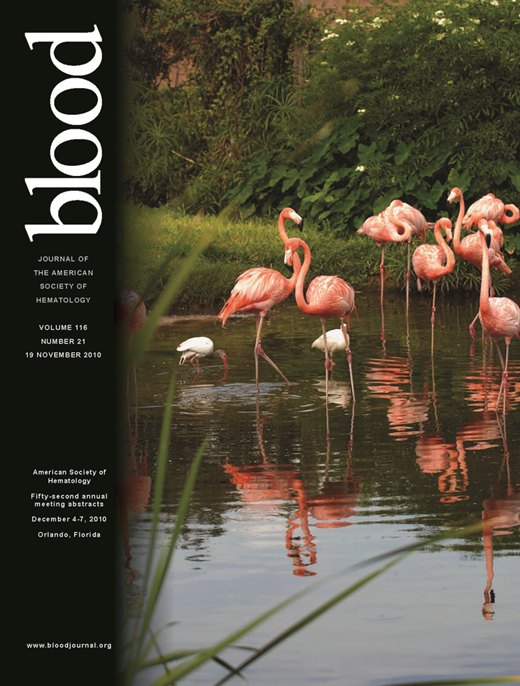Abstract
Abstract 1704
A major challenge in the treatment of human cancer is the variable response to therapy between patients. Any host or tumor-derived factors that produce variations in drug concentration, duration of exposure, or sensitivity of tumour cell populations to drug, may contribute to heterogeneity in the tumour response. The identification and characterization of specific drug-tumor interactions would enable the design of more personalized and targeted treatment with improved outcomes and reduced toxicity. To date, human cancer cell lines and murine models have provided some advances, however these approaches have been hindered by technical limitations, considerable expense and a lack of timely information to directly impact on a given therapeutic window. The zebrafish has emerged as a robust animal model of human malignancy due to conserved genetics and cell biology. In addition, their transparency provides exceptional opportunities for in vivo imaging, such as the unique ability to directly visualize the response of cancer cells to drugs in real time. Using zebrafish as a host organism, we have been developing a quantitative cell proliferation assay to monitor the response of human leukemia cells to anti-cancer agents in an environment that more closely recapitulates the human tumor microenvironment. As proof of principle, we have injected boluses of 50 fluorescently-labeled cells from the human K562 chronic myeloid leukemia cell (CML) line into the yolk sac of 48 hour old casper embryos, a combinatorial zebrafish mutant lacking both melanocytes and iridophores, thus enabling facile cell tracking and imaging. Injected embryos tolerate the presence of human leukemia cells for up to 7 days, during which time the engrafted leukemia cells proliferate and circulate within the embryonic bloodstream. Proliferation of the leukemia cells can be monitored by live-cell microscopy of engrafted embryos and quantified by their dissociation to a single cell suspension at 24 and 72 hours post-injection. Specifically, 20 embryos are dissociated at each time point and the number of leukemia cells is determined from fluorescent micrographs using a semi-automated cell quantification macro executed in ImageJ (NIH). Using this proliferation assay, we observed a reproducible increase in leukemia cell numbers within the embryo of approximately 5-fold after 48 hours. Furthermore, the proliferation of K562 cells in xenotransplanted zebrafish embryos could be significantly inhibited (by 45 ± 3% relative to untreated; p<0.001) following a 48 hour treatment with 20 μM of imatinib mesylate (Gleevec), a drug that targets the characteristic CML BCR-ABL translocation gene product harboured by these cells. In contrast, treatment with a second agent, all trans-retinoic acid (ATRA) that targets the PML-RARA fusion protein found in acute promyelocytic leukemia (APL), had no impact on proliferation. These results validate the use of zebrafish xenotransplantation in studying the response of human leukemia cells to anti-cancer agents and position this model as a unique in vivo tool to determine the sensitivity of primary patient tumor samples to current and novel chemotherapeutics.
No relevant conflicts of interest to declare.
Author notes
Asterisk with author names denotes non-ASH members.

